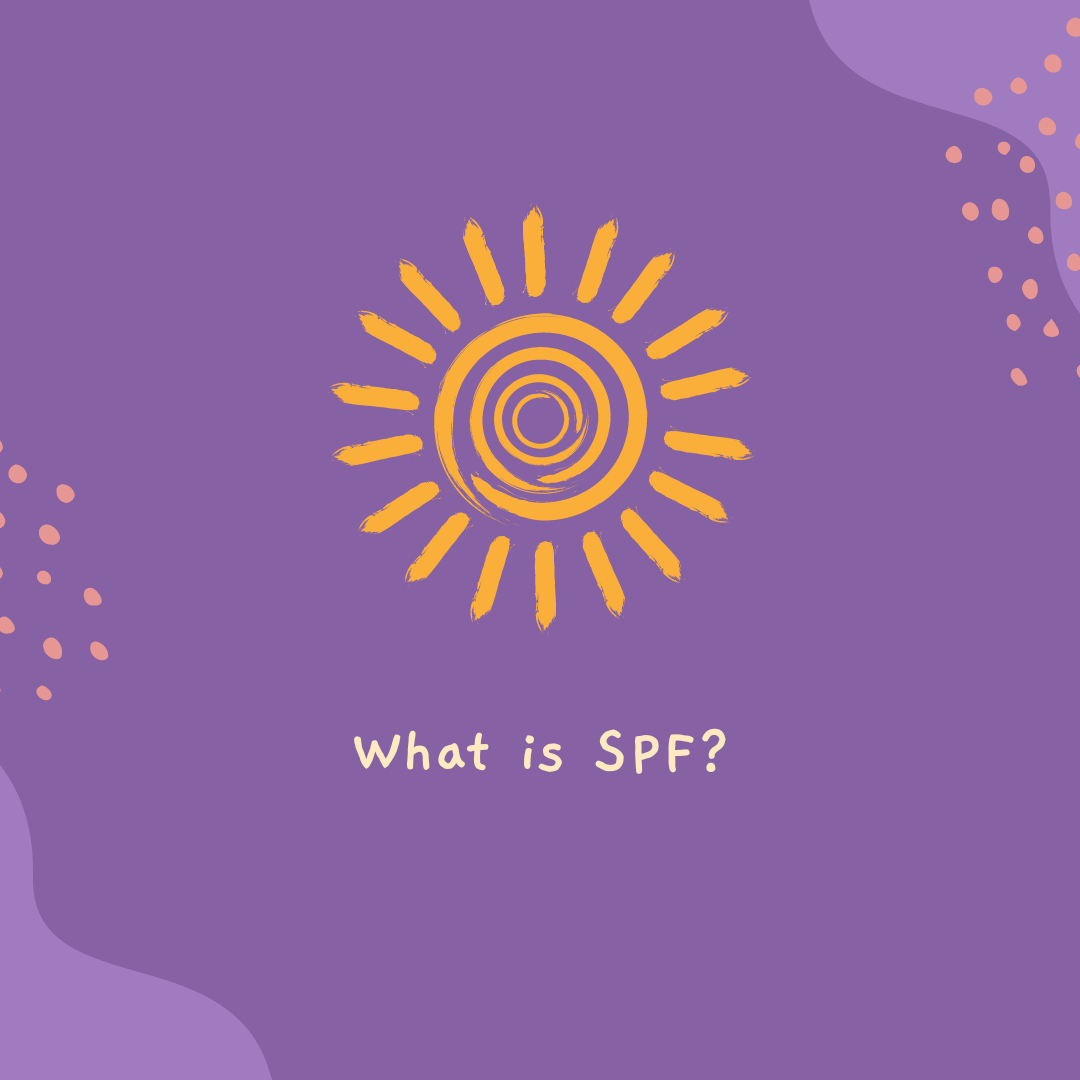What is SPF
SPF stands for Sun Protection Factor. It’s a measure used to indicate how well a sunscreen will protect your skin from the harmful ultraviolet (UV) rays of the sun, specifically UVB rays, which are the primary cause of sunburn.
Here’s a basic breakdown:
SPF 30: This means that if you wear SPF 30 sunscreen, it would take you 30 times longer to burn than if you weren’t wearing any sunscreen at all. For instance, if your skin normally starts to burn after 10 minutes in full sun without any protection, an SPF 30 sunscreen would provide protection for 300 minutes under the same conditions. However, this is a simplification, as sunscreen efficacy can be influenced by sweating, swimming, and other factors.
Higher SPFs: When you move up the scale, SPF 50 or SPF 100, for instance, they offer incrementally better protection. However, the differences become less significant the higher you go. For example:
SPF 30 blocks approximately 97% of UVB rays.
SPF 50 blocks approximately 98% of UVB rays.
SPF 100 blocks approximately 99% of UVB rays.
It’s essential to note that no sunscreen can block 100% of UVB rays.
Furthermore, it’s not just the SPF number that matters. For holistic protection, it’s also crucial to choose a “broad-spectrum” sunscreen, which will protect against both UVB and UVA rays. While UVB rays are more intense and cause sunburns, UVA rays penetrate deeper into the skin and can lead to premature aging and skin cancers.
Lastly, even with high SPF sunscreens, it’s important to reapply at least every two hours and after swimming or sweating for continuous protection.

